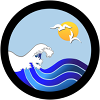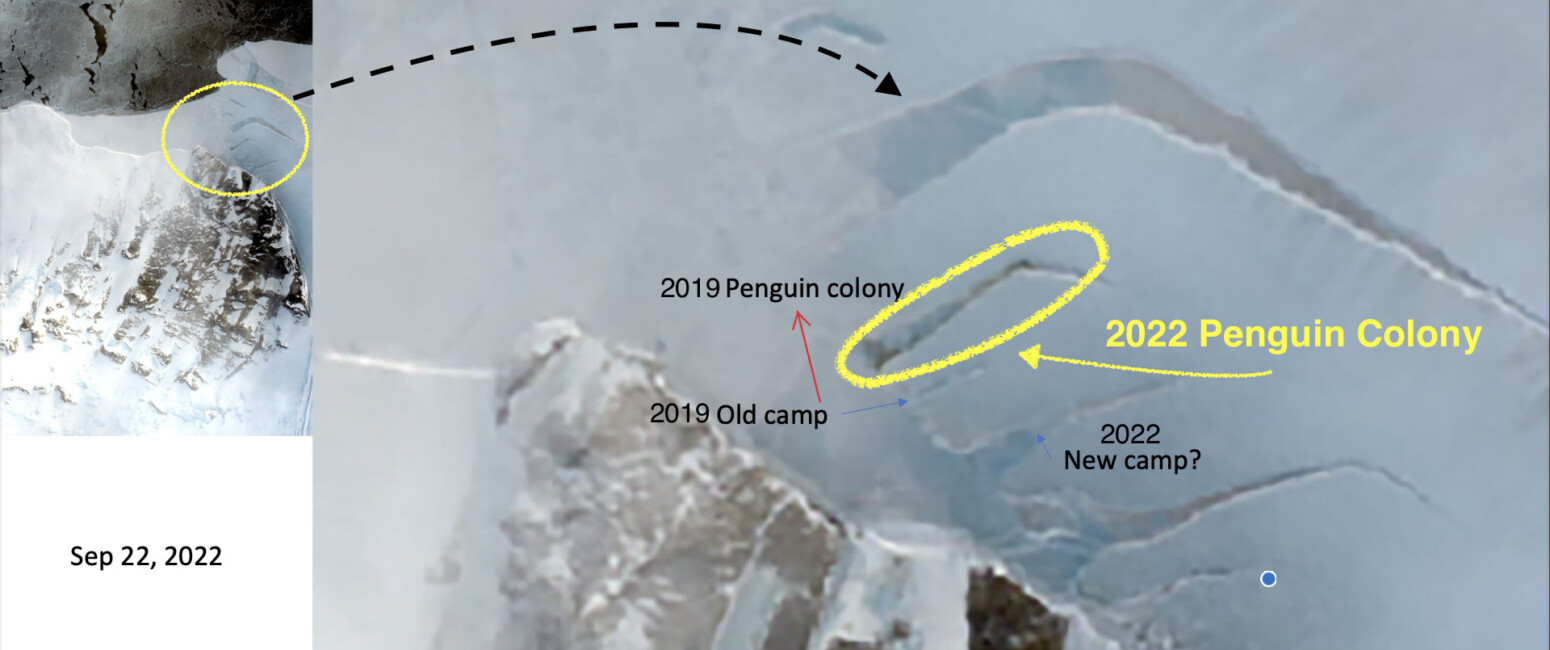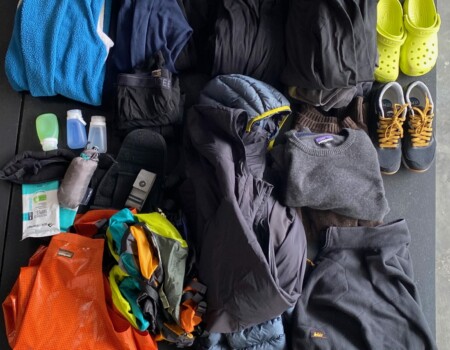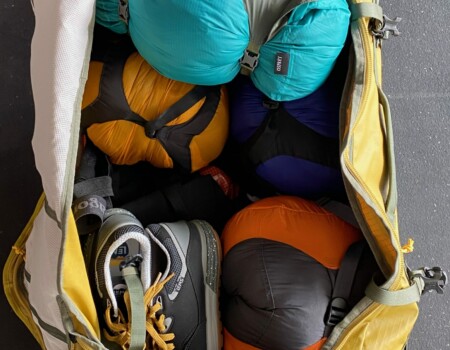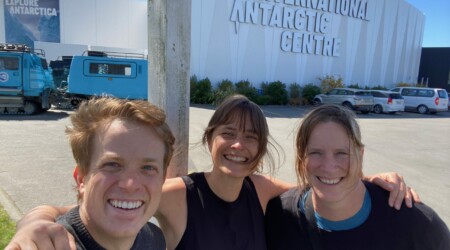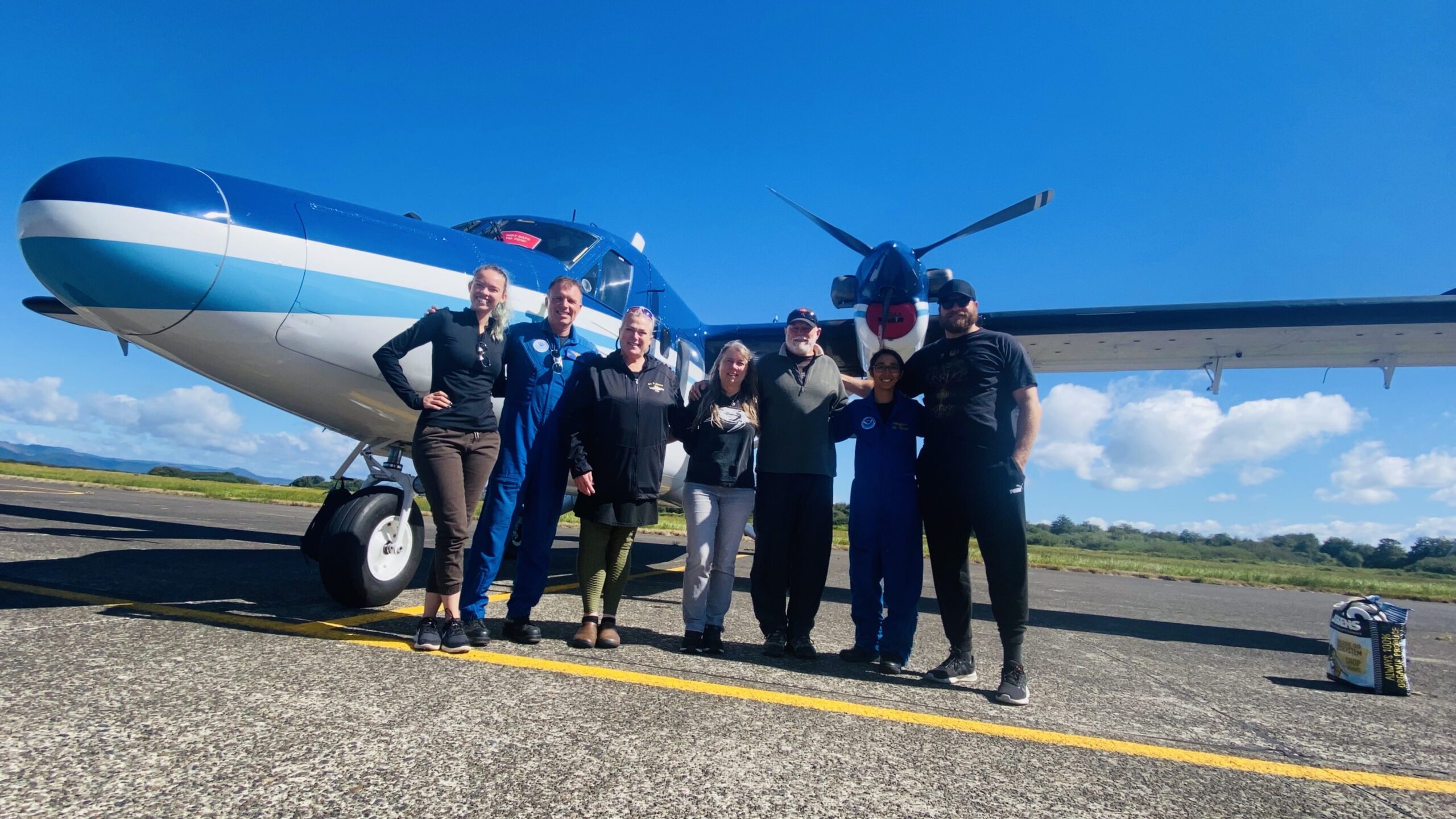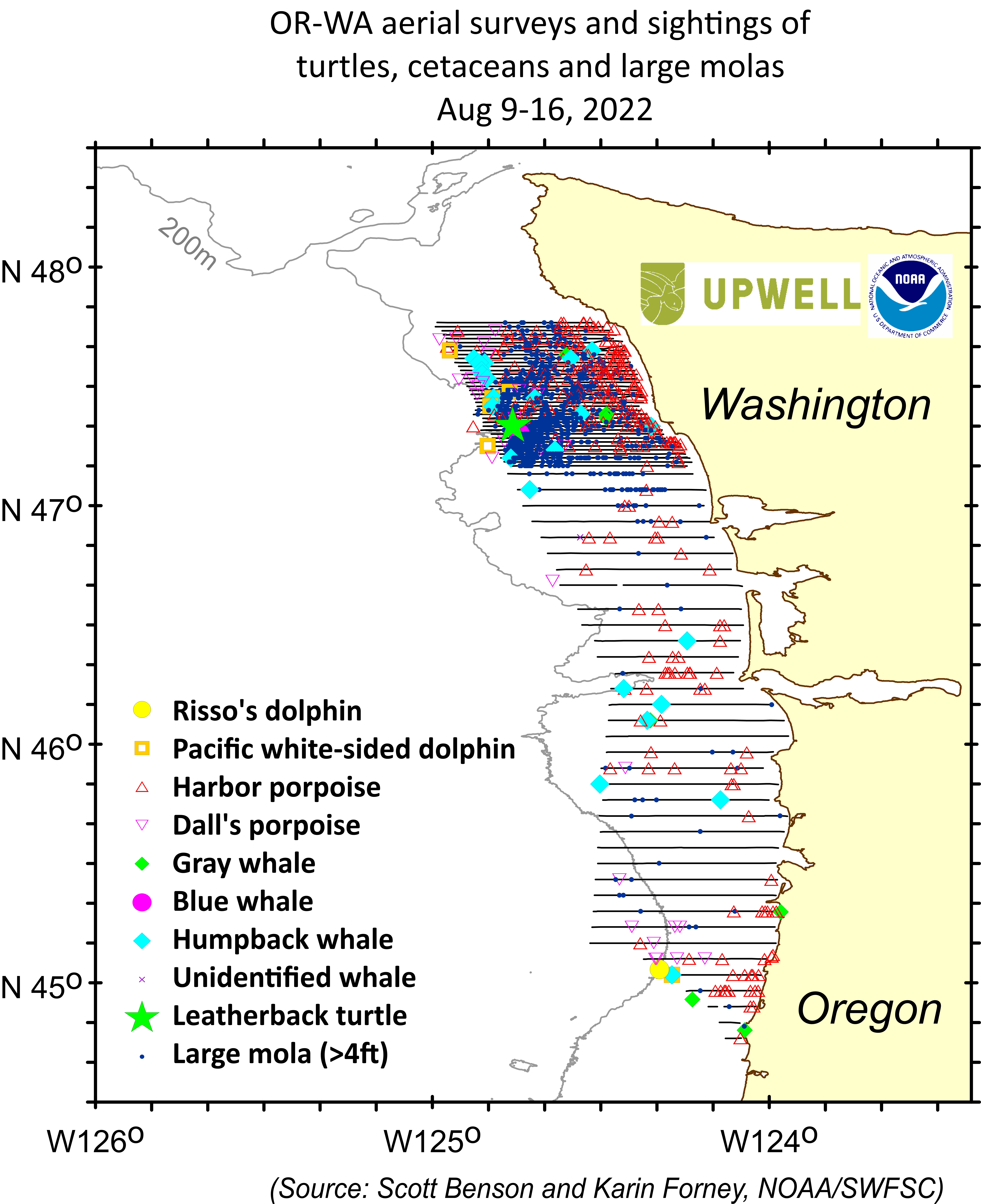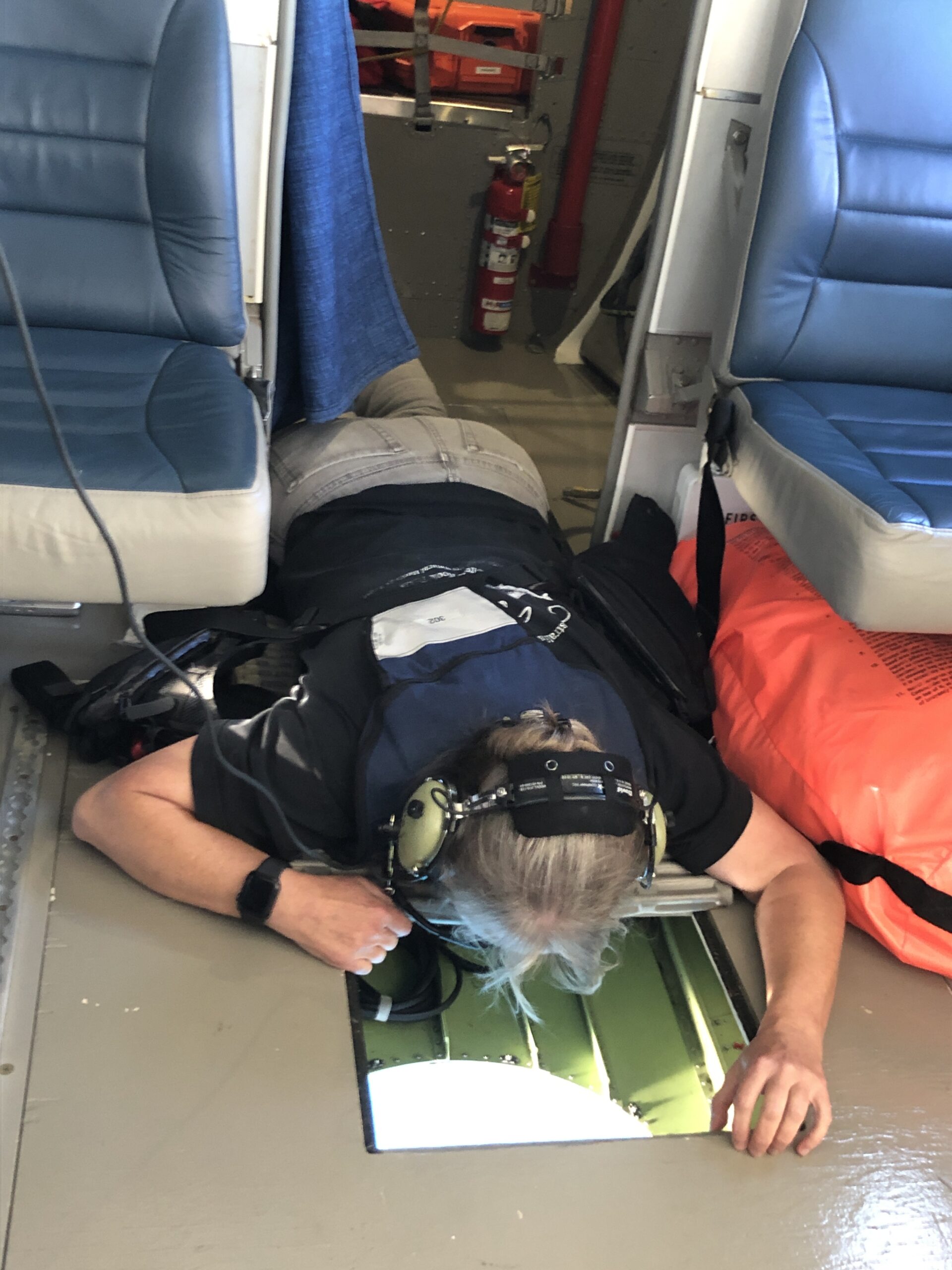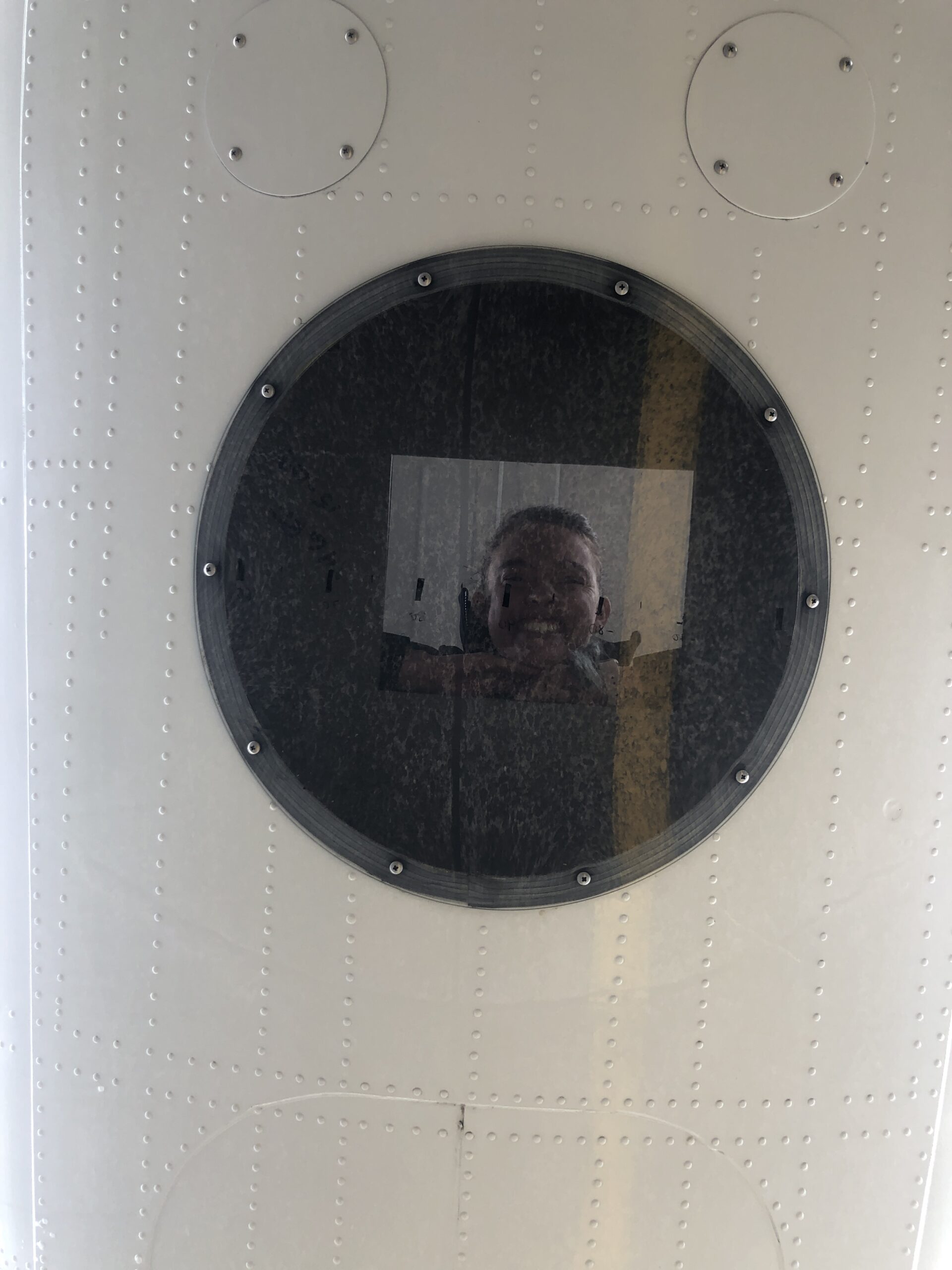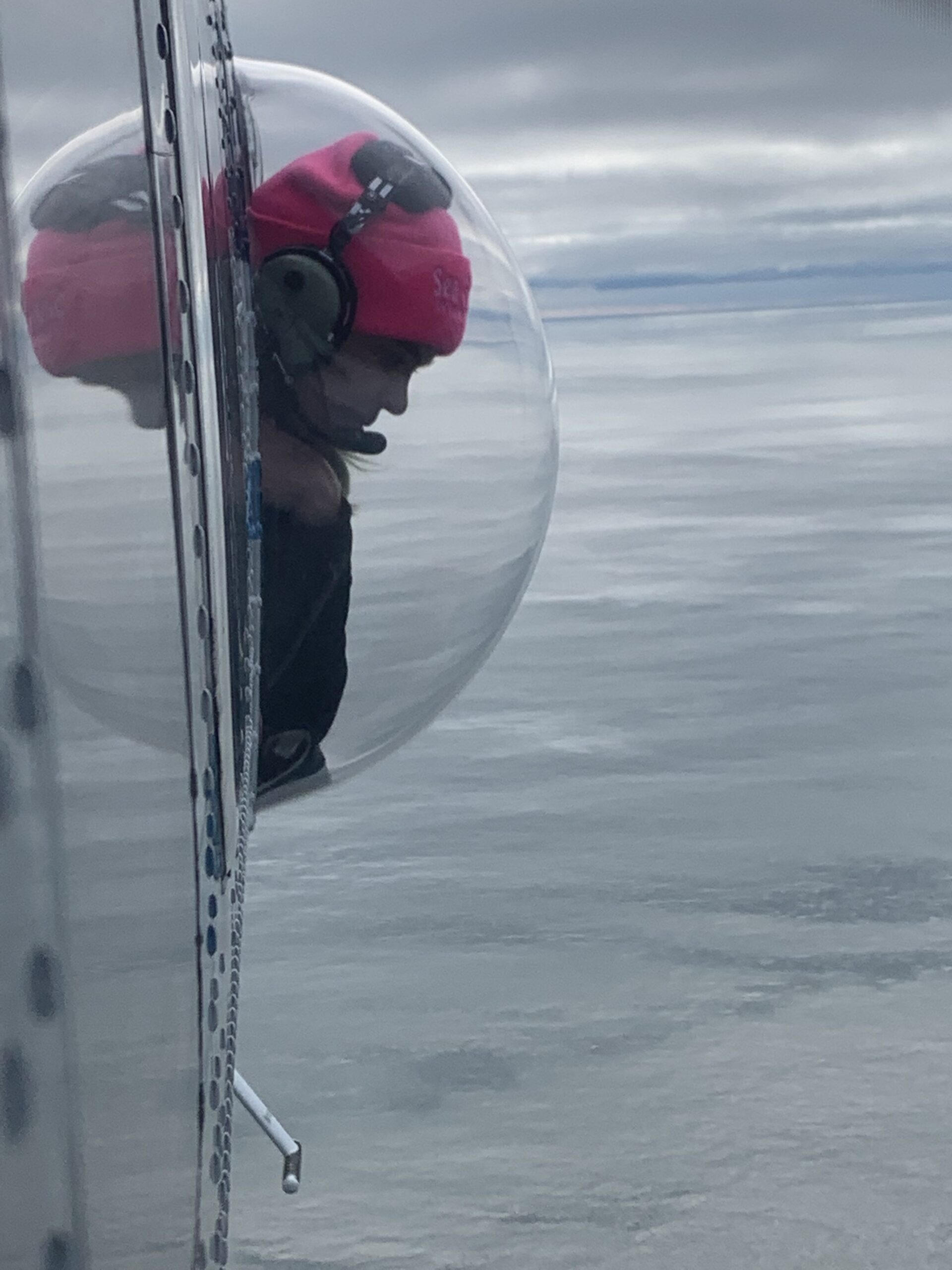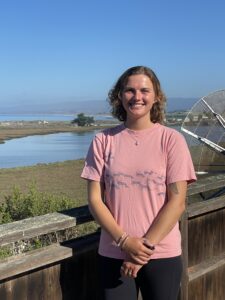Do you ever have those dreams where you’re juuussssst about to do something incredible, but then suddenly wake up? That’s sort of what every day of the last month has been like while waiting to hear if our research team is, in fact, deploying to Antarctica. In truth, we still don’t really know if the ice will be stable enough to safely live and work on, but for now we are at least half-way to our dream field-season studying emperor penguins at Cape Crozier in Antarctica.
The waiting period has kept us on the edge of our seats with numerous moving parts that could cancel our plans. A big priority, and one that we could at least do something about from home, was to avoid contracting Covid-19. Our team has been in a self-imposed quarantine for the last month (thank goodness for furry companions and HBO!) to make sure that the lingering global pandemic would not stand in our way again. In 2020, New Zealand closed its doors to outsiders in hopes of waiting out the covid storm, and our research along with many other Antarctic projects was put on hold. A year later our plans were postponed yet again due to the long backlog of isolated researchers eager to leave their desks and get back to work in Antarctica. This year, we had priority but still feared delay due to positive covid tests.
Perhaps the most torturous part of the self-imposed quarantine, was waiting for our GO/NO GO date two weeks before departure to New Zealand (the Antarctic deployment hub) and not knowing whether all our efforts where futile. While you might think the penguin team would be getting better at waiting to return to our huddle at Cape Crozier, this could not be farther from the truth. Several days past the GO/NO GO date, we had heard nothing about our fates, but had acquired some promising images of the sea ice around Cape Crozier. Sadly, some of our colleagues working in McMurdo Sound had already been canceled due to unstable ice conditions, but with the satellite images, we began to feel hopeful that the ice at Cape Crozier was in good shape. Our team leader, Gitte McDonald, explained that all the “muddy” looking ice was a great indication that our penguin friends had initiated their breeding season in April, and had likely been happily pooping away and staining the ice ever since. Poopy ice, means stable ice. Eventually, we received communication that a helicopter wasn’t available to confirm our hypothesis, but that we should at least plan to proceed to New Zealand.
The next hurdle was that we were scheduled to leave the following week but hadn’t received any flight tickets. With so many people returning to the ice and the busiest season yet, the logistics support teams had been working overtime to coordinate flights and we hadn’t risen to the top of the list yet. Three days before our team had already packed bags and repacked them many times (okay let’s be honest, I think I was the only one packing multiple times), my computer in the adjacent room audibly blinged letting me know an email was waiting. Could it finally be the email we’d been waiting for since 2020? Were we going to Antarctica?
While the past 233 email messages I received elicited a drop-everything-and-run to the computer response, including my favorite mug and my iPad (R.I.P.), this time was different. I told myself it could not be the Antarctic program, not at this time of night and not after not hearing anything since early this last summer. I gently placed the valuable items I had in my hands down and slowly made my way to the computer where my inbox read:“Scheduled flight to Christchurch New Zealand tomorrow October 8th” – US Antarctic Program (USAP).”
My jaw dropped – we were leaving in 24 hours! I felt absolutely elated but tempered with a healthy dose of panic as I repacked my bag for the last time and condensed all my pre-departure chores into half the time I’d anticipated. But finally, we are that much closer to going to Antarctica!
The next day our team met at a central location in Santa Cruz to wait for our Uber shuttle to the San Francisco (SFO) airport. As our bags aggregated on the curb, our Uber to the airport canceled last-minute and we executed our backup plan. Our new hero, Jenny (a longtime friend of Gitte and an experienced Antarctic researcher), crammed all of us and our gear into her 2008 Tundra and rushed us over Highway 17 to SFO. With tickets and passports in hand and carry-on bags full of our science tools (dataloggers, power cords, multiple computers…oh my…) we boarded our plane to Auckland, New Zealand. After a bumpy 13-hour flight across the Pacific we landed in Auckland and made our way through customs. Maybe not everyone finds customs to be fun, but I love it, especially when they tear apart my meticulously packed bag to find all the science treasures inside. This time customs left all my gear as it was.
As we exited customs we heard: “Birgitte McDonald, Caitlin Kroeger, and Parker Forman……last call for flight A567 to Christchurch the Gate will be closing in 17 minutes”.
With the speed of penguins being chased by a pod of killer whales, some luck, one lost water bottle in transit, a whole lot of perspiration, and running (literally, running) on fumes, the penguin team made our connecting flight to Christchurch with one minute to spare. Now in Christchurch, a city located on the southern tip of New Zealand’s larger island and the hub for many traveling to Antarctica, we are patiently waiting for our flight to Antarctica.
After many years waiting the penguin team is almost there!
Swim on,
Penguin team

